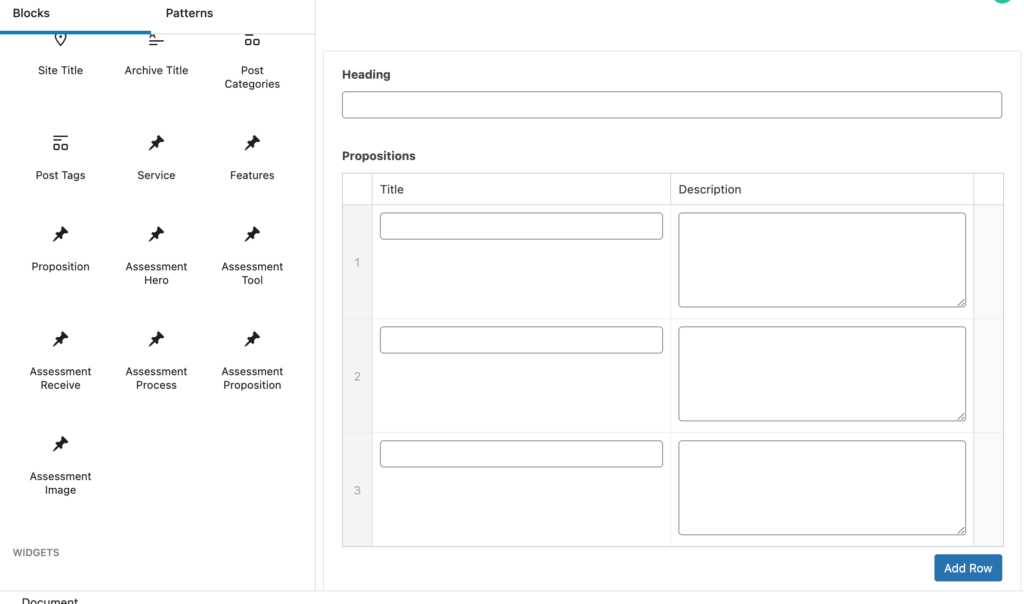Table of Contents
Ever needed to bump PHP memory or turn on debugging, only to discover WPEngine locks parts of wp-config.php? You are not alone. WPEngine protects this core file to keep hosted sites secure, yet developers still need to add constants or hooks for advanced tasks. In the next few minutes you’ll learn a risk-free workflow to edit wp-config.php, what you can and cannot change, and smarter alternatives (like environment variables) that survive platform updates. Follow along and you’ll avoid white screen of death and your staging, production, and future self will thank you.
Why WPEngine makes wp-config.php special
WPEngine injects its own bootstrap code above the “That’s all, stop editing!” line to handle caching, staging domains, and Must-Use plugins. Direct edits outside the allowed region may:
- be overwritten during platform updates
- trigger Disallowed File warnings
- disable automatic backups
Knowing these limits saves headaches later.
The two supported workflows
Method #1: Classic SFTP edit (quick, but manual)
- Generate SFTP credentials in User Portal → Sites → Environment → SFTP Users.
- Connect using FileZilla or VS Code’s “Remote-SSH”.
- Download
wp-config.phpfrom/sites/<install>/wp-config.php. - Add new constants above the WPEngine block, for example:
// Custom — loaded before WP bootstrap.
define( 'WP_MEMORY_LIMIT', '256M' );
define( 'WP_DEBUG', true );
Upload the file, overwriting the old copy, reload your site and confirm no 500 errors.
Method #2: Environment variables (code-free & CI-friendly)
For Atlas/Headless or modern setups, WPEngine lets you map .env keys to WordPress constants:
- In User Portal → Dev Tools → Environment Variables click Add variable.
- Enter WP_DEBUG = true, or any other allowed constant.
- Rebuild the environment. Changes apply on deploy.
Pros: version-controlled, no direct file edits, safe for multi-env projects.
Cons: limited to constants WPEngine exposes.
Safe editing checklist
- Work on a staging copy first. Use Staging → Sync from Prod in the portal.
- Take a manual backup. Snapshot before touching files.
- Keep edits minimal. One commit per change.
- Track in Git. Store the edited
wp-config.php(minus credentials) so teammates know what changed. - Test critical paths: login, checkout, custom REST endpoints.
Common tweaks you can still make
| Goal | Constant | Example |
|---|---|---|
| Increase memory limit | WP_MEMORY_LIMIT | define('WP_MEMORY_LIMIT','256M'); |
| Raise upload size | WP_MAX_MEMORY_LIMIT | define('WP_MAX_MEMORY_LIMIT','512M'); |
| Turn on debug log | WP_DEBUG_LOG | define('WP_DEBUG_LOG', true); |
| Force SSL admin | FORCE_SSL_ADMIN | define('FORCE_SSL_ADMIN', true); |
| Disable file edit | DISALLOW_FILE_EDIT | define('DISALLOW_FILE_EDIT', true); |
Need bigger memory? See How to Increase the Memory Limit on WPEngine for a deep dive.
Tweaks you should not do on WPEngine
- Changing database credentials (managed automatically).
- Altering
WP_HOMEorWP_SITEURL. You should use the portal’s domain panel instead. - Enabling object cache drop-ins; WPEngine runs its own layer.
- Setting
AUTOSAVE_INTERVALextremely low (performance hit).
These may conflict with platform guards or void support.
Rollback strategy
If a change breaks the site:
# via SSH Gateway
wp option delete active_plugins
git checkout HEAD~1 wp-config.php
wp cache flushOr simply restore the latest snapshot in Backups → Restore. Total time: ~2 minutes.
Automating edits with CI/CD
A safer long-term route is to script deployments:
# .github/workflows/deploy.yml
- name: Deploy to WPEngine
uses: wpengine/github-action-wpe-site-deploy@v3
with:
WPE_SSHG_KEY_PRIVATE: ${{ secrets.WPE_KEY }}
WPE_ENV: prod
REMOTE_PATH: 'wp-config.php'
Every push to main syncs your vetted config to production, keeping environments in lock-step.
Conclusion
Editing wp-config.php on WPEngine is easy if you respect the guardrails: use staging, back up first, and prefer environment variables for settings that change between dev and prod. Follow the steps above and you’ll enjoy custom tweaks without losing WPEngine’s rock-solid stability.
Need a hand with advanced WordPress fixes or a full-stack MVP? Start a project with me and get expert help on tap.
How we reviewed this article:
- Content Process
- I get an Idea
- Get feedback from fellow developers if they want a detailed post on it
- Research existing blog posts to see if there's a well written article on it
- Write the post
- Get feedback from colleagues, improve and publish!


